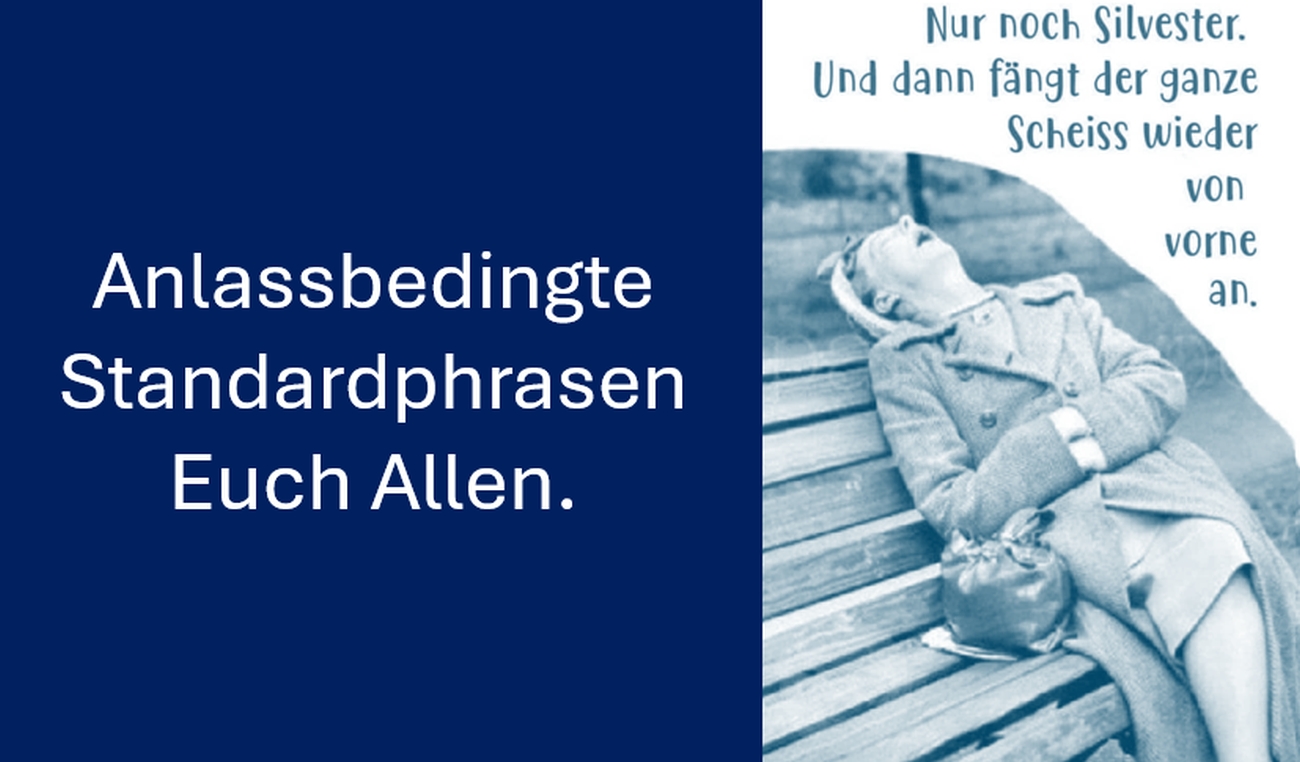👉9 in10 Supply Chain Executives are adjusting sourcing and manufacturing locations 👉A survey finds that supply chains are working with more suppliers as companies shift their global strategies to meet a world transitioning towards protectionism and geopolitical instability. According to the Trade in Transition global survey of more than 3,500 supply chain executives: 📌75% reported… Continue reading Geopolitics is Shaping Supply Chains & Trade
Geopolitics is Shaping Supply Chains & Trade










